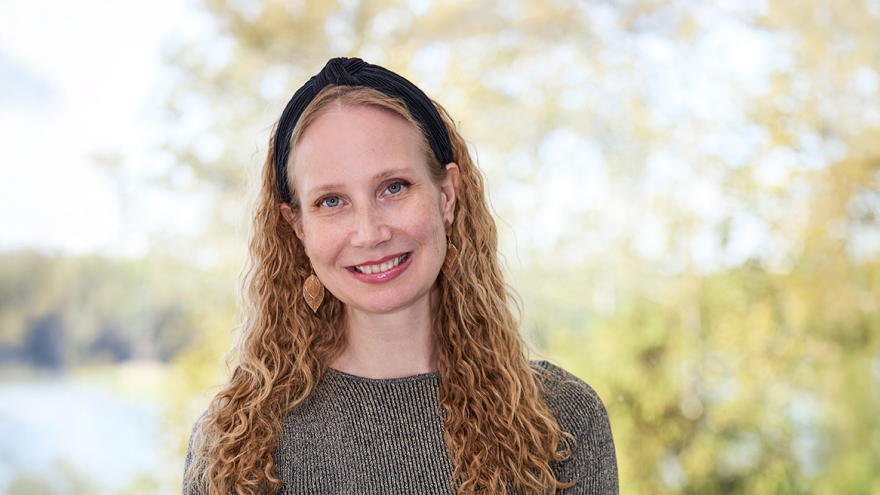School burnout affects students, how they learn, how they perform in school, and can lead to them dropping out of school and subsequently not being able to complete their education. It is also related to mental health issues and can lead to anxiety and depression.
How prevalent is school burnout and what can we do about it?
Marja Holm is Senior Researcher at the Finnish Institute for Health and Welfare and part of the NordForsk funded project: “Mental health and life satisfaction among youth with disabilities and experiences of services in the post-pandemic period (D-youth)”.
The project aims to improve the understanding of mental health, life satisfaction, and services received among youth with disabilities in the Nordic countries Norway, Iceland, Sweden, and Finland – during the post-pandemic period.
In a recently published paper, they researched on school burnout among Finnish students with and without disabilities before, during, and after the COVID-19 pandemic at lower secondary, general upper secondary, and vocational schools.
“It is crucial for us to investigate the well-being among youth with disabilities both during the pandemic and in the post-pandemic period. Young people with disabilities are often a vulnerable group, and we need to understand their well-being in relation to other youth to give them the support they need,” says Marja Holm.

School burnout results
At all school levels, students with any disabilities reported school burnout more often than those without disabilities. Those with several disabilities were the most vulnerable, particularly girls.
At practical vocational school, burnout rates were about half that of other school levels among girls and boys with and without any disabilities.
In lower secondary school, burnout increased among girls with and without any disabilities during the pandemic (2019-2021) but remained high post-pandemic (2021-2023).
For lower secondary boys, burnout increased only among those without disabilities during the pandemic and persisted post-pandemic. For boys with any disabilities, burnout began to increase post-pandemic.
In general, upper secondary and vocational schools, burnout increased among girls and boys with and without any disabilities during the pandemic. Post-pandemic, these increases declined.
How we can help them
"Firstly, we had to identify that students with disabilities are more likely to experience burnout at school. Then, we can give them more support and help them get rid of school burnout. For example, they often feel that they are not as good as the other students in the class, and this may affect their relationships with their peers and lead to burnout,” Marja Holm says and continues:
“When addressing school burnout, especially among youth with disabilities, it's important to provide individualized support, achievable learning goals, positive feedback and appreciation, emphasize their strengths over weaknesses, and use practical teaching methods. Our findings highlight that these measures should particularly focus on lower secondary students – especially vulnerable students with disabilities – to prevent persistent burnout in the post-pandemic period.”


